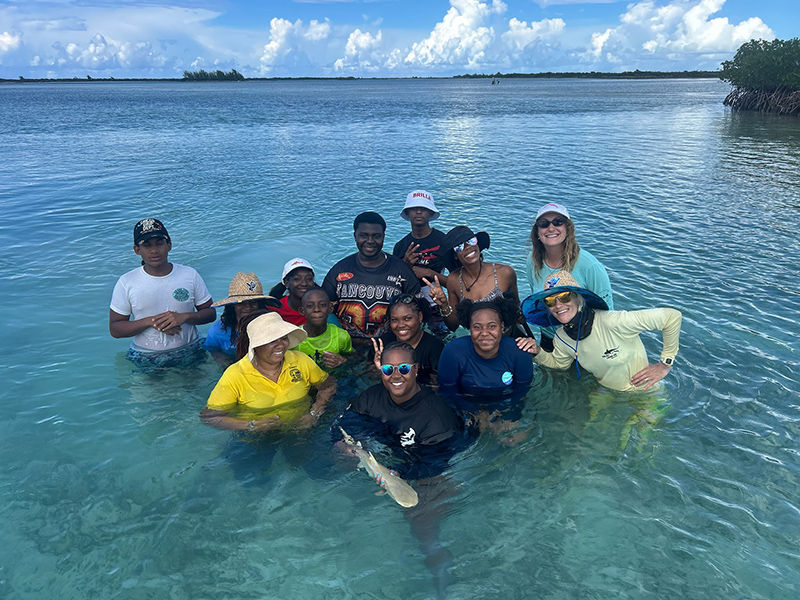How Old is That Sawshark?
- Sharks4Kids

- Feb 13, 2019
- 2 min read
How do you tell how old a shark is?
Age determination for fish is a very important part of understanding the life history and it has big implications for fisheries management. These determinations form the basis for calculations of growth and mortality rates, age-at-maturity, recruitment, and estimates of longevity. Estimation of age in sharks is often difficult due to the cartilaginous skeleton, elusive nature, and low sample sizes. The need for this information is compounded due to the disproportionately large effect sharks have on their respective ecosystem and the increasing rate at which they are being fished.
The most common way scientists determine the age of a shark is adopted from bony fishes. In bony fish they have a structure in their head called an ‘otolith’. This structure is made of calcium carbonate and grows continuously as the fish grows. Scientists then take cross-sections of this otolith and count the rings that can be found inside. Think counting rings in the cross-section of a tree trunk. Very similar. However, the otolith is only found in bony fishes and since sharks have a cartilaginous skeleton, scientists must use other structures to try to determine age. So, they turn to the vertebrae or the backbone of sharks for the task!

Image from Fishes of Australia
These vertebrae are taken from different areas on the shark depending on the species but usually they are the largest along the whole vertebral column. They are then taken through special cleaning and preparation before they are cut. Once they are cut, they are put under a microscope to look for band pairs or ‘rings’ along the inner edge known as the ‘corpus calcareum’. Scientists have a number of different tools to help these band pairs stand out, so they are easier to read. Below are two different staining techniques that we have trialed so far along with a control or none stained sample of sawshark vertebrae. This project is still underway so stay tuned for more updates!

Figure 1: Alizarin Red (left), Crystal Violet (center), and no stain (right).
Patrick Burke is a PhD candidate at Macquarie University in Sydney, Australia. Originally from Kentucky he completed a BSc in marine biology at the College of Charleston in South Carolina, then a MSc in marine biodiversity and conservation in Belgium. Patrick spent some time as the education and outreach coordinator at the Bimini Biological Field Station and now studies sawshark ecology in Australia.





















